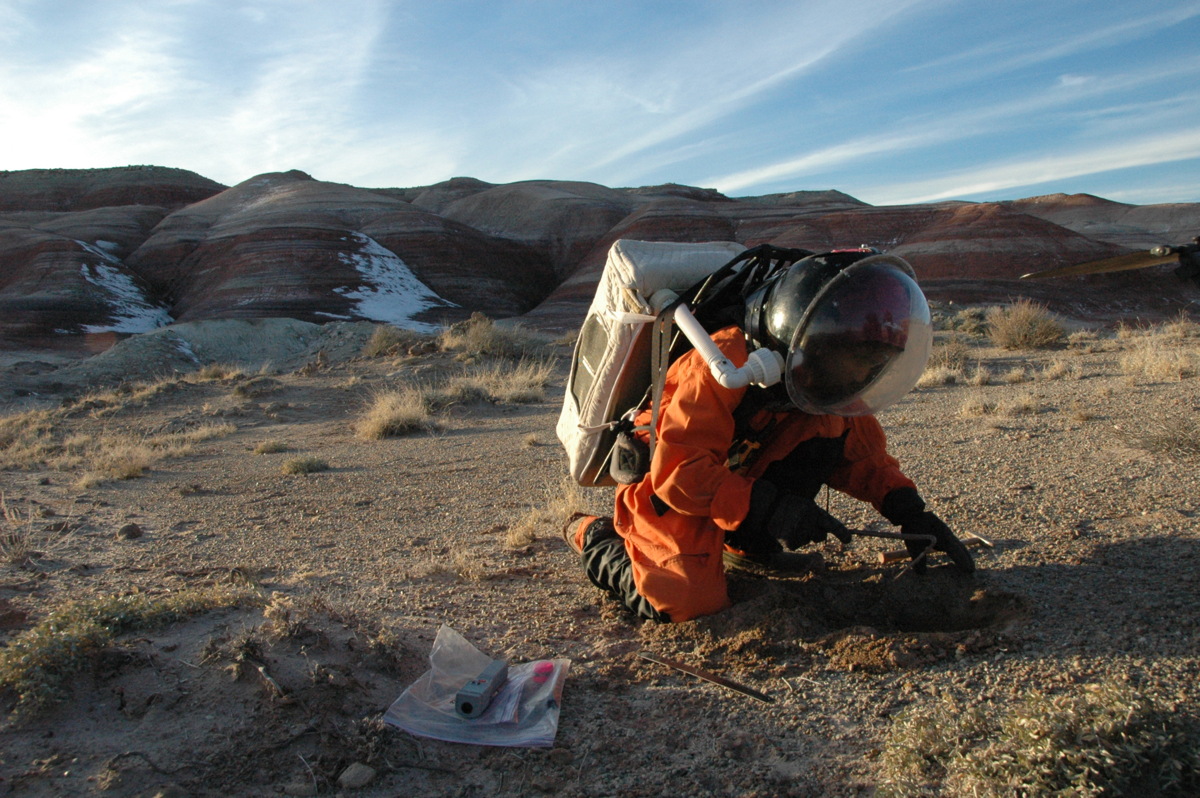'Man vs. the Universe' Explores Humanity's Cosmic Journey

A new three-part series will shed light on humanity's ever-expanding place in the universe.
The Science Channel's new special "Man vs. the Universe" will cover everything from a private race to the moon to how scientists are trying to protect the planet from the threat of dangerous asteroids. The miniseries, set to air its first episode Wednesday (Aug. 13), aims to explore the new era of commercial and national space exploration..
"Space truly is the final frontier for humans," Rita Mullin, general manager at the Science Channel, said in a statement. "For the first time ever, we're taking proactive steps to protect ourselves from its perils, and use its vast resources to ensure our survival. This process features extraordinary ideas driven by astonishing feats of technology and engineering. We hope 'Man vs. the Universe' captures some of the remarkable work happening right now in this new race for space, and gives viewers an appreciation for the incredibly smart, creative, driven people doing this work." [Photos: Visions of Human Spaceflight]
The miniseries could help teams working toward the X Prize bridge a "credibility gap" they face with the public, said Kevin Peterson, chief technology officer of Astrobotic, a team working toward the moon prize.
"We're confident that we can fly a mission, but if there aren't enough payloads out there that believe that we can do that, then they won't show up at our doorstep and we won't ever be able to get a mission out the door," Peterson told Space.com. "A lot of what we do is try to line up these payloads, try to convince them that we're technically viable, try to convince them that we're financially viable. We've made a lot of progress doing that on our own, but this kind of global coverage is a really big deal for that cause."

The second episode of the show, which airs on Aug. 20, explains the ways engineers and scientists are working to hunt asteroids in order to keep them from slamming into Earth. According to the Science Channel, "How to Kill an Asteroid" will also describe NASA's asteroid capture mission, designed to tug a space rock into orbit around the moon, where astronauts can visit it.
"Mars is Ours" — the final episode of the series, expected to air on Aug. 27 — will do a deep dive into proposed Red Planet missions that could help humans colonize another world.
Get the Space.com Newsletter
Breaking space news, the latest updates on rocket launches, skywatching events and more!
"An aerospace engineer is designing the spacesuit that will shield us from the harsh Martian environment and give us superhuman strength," Science Channel representatives wrote in a description of the episode. "SpaceX hopes to get to Mars in about two decades, but another space startup, Mars One, thinks it can get humans there in just 10 years. The only catch: It's a one-way trip, with no chance of ever coming home."
The first episode of "Man vs. the Universe" is scheduled to air Wednesday (Aug. 13) at 10 p.m. EDT/PDT on the Science Channel. Check local listings.
Follow Miriam Kramer @mirikramer and Google+. Follow us @Spacedotcom, Facebook and Google+. Original article on Space.com.
Join our Space Forums to keep talking space on the latest missions, night sky and more! And if you have a news tip, correction or comment, let us know at: community@space.com.

Miriam Kramer joined Space.com as a Staff Writer in December 2012. Since then, she has floated in weightlessness on a zero-gravity flight, felt the pull of 4-Gs in a trainer aircraft and watched rockets soar into space from Florida and Virginia. She also served as Space.com's lead space entertainment reporter, and enjoys all aspects of space news, astronomy and commercial spaceflight. Miriam has also presented space stories during live interviews with Fox News and other TV and radio outlets. She originally hails from Knoxville, Tennessee where she and her family would take trips to dark spots on the outskirts of town to watch meteor showers every year. She loves to travel and one day hopes to see the northern lights in person. Miriam is currently a space reporter with Axios, writing the Axios Space newsletter. You can follow Miriam on Twitter.










